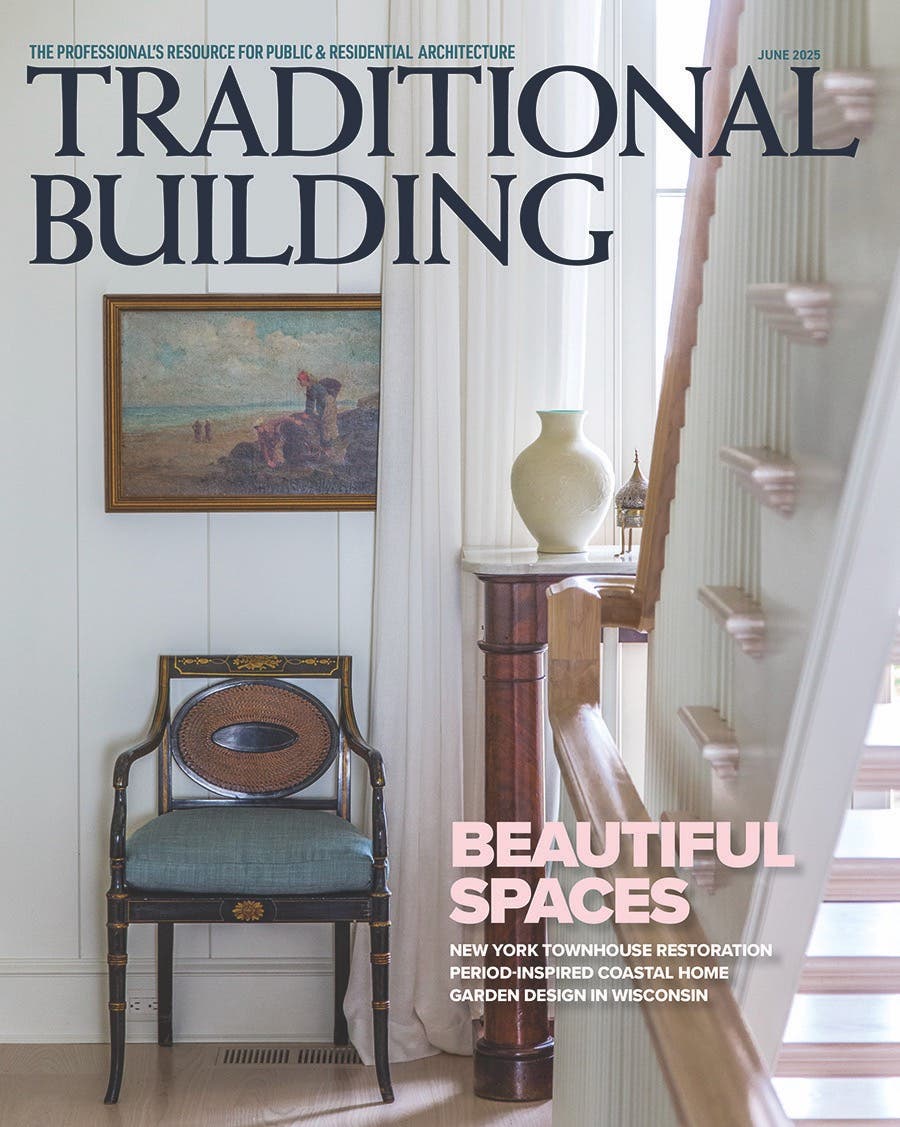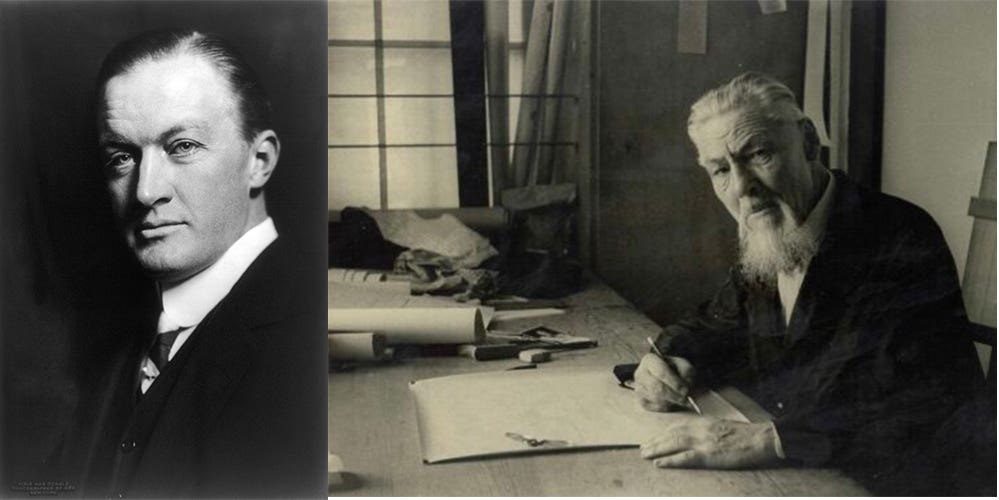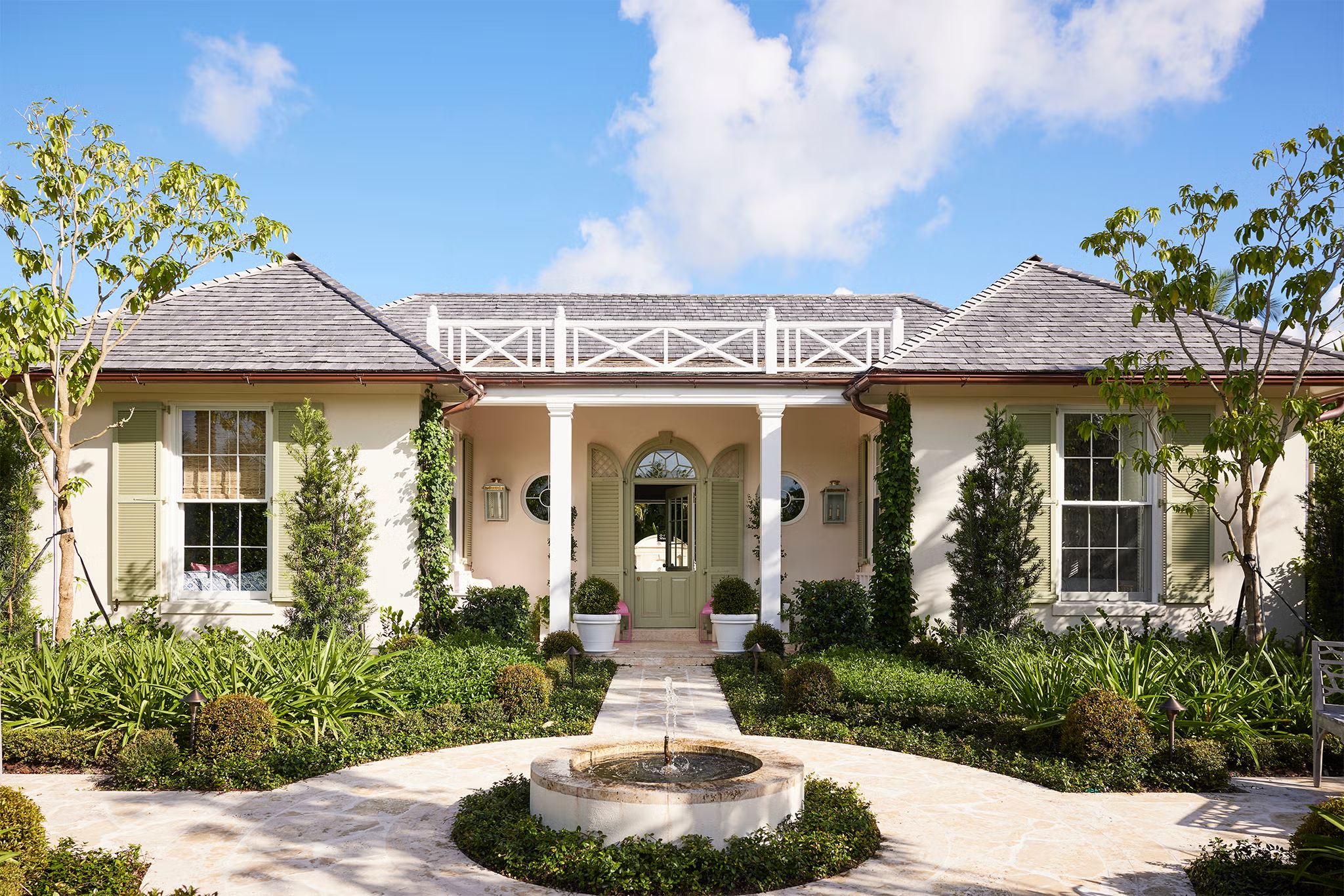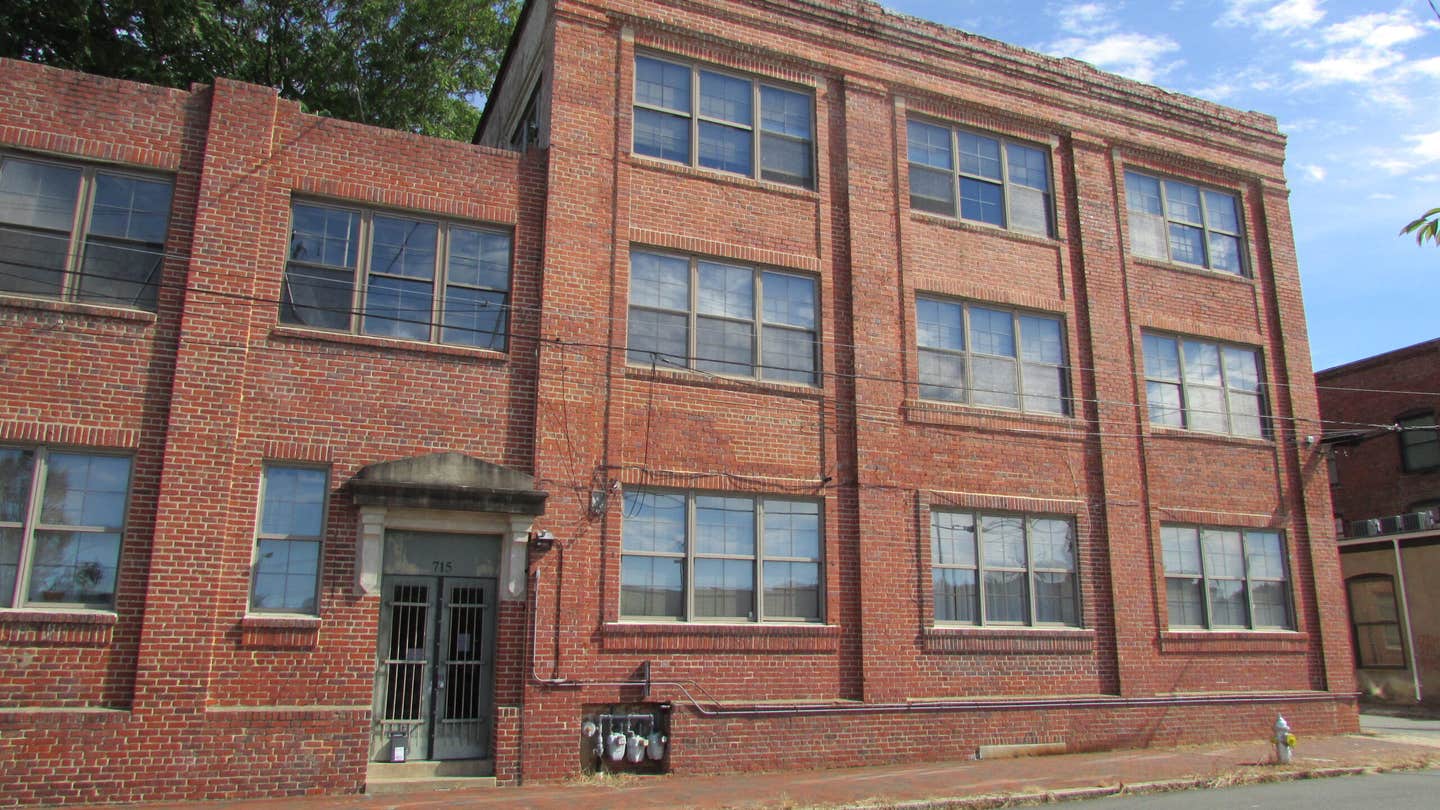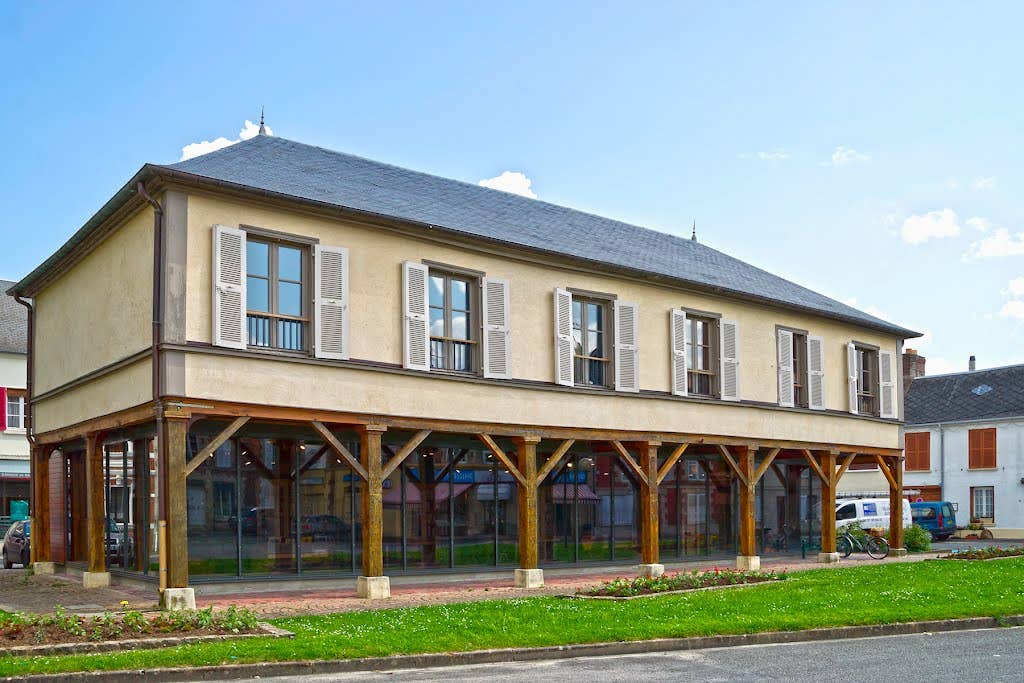
Patrick Webb
Vintage Plaster Traditions: Pairing
In our first two essays of this series on French traditions of wine and plaster making we considered that which mother nature has provided, varieties of grapes suitable for wine and types of minerals useful for plaster. The French concept of “Terroir” was introduced, the combination of soil and climate that makes cultivation of grapes possible which corresponds to the ancient geologic processes that refine, metamorphisize and accumulate useful minerals we readily harvest for plaster.
Our subsequent two essays examined the paternal, that is to say cultural contributions: cultivation and blending. Much care is taken in “Viticulture,” the tending of grapes on the vine and similar care is exercised in processing minerals by baking and other methods for plaster. There is the distinctively human art of “Viniculture,” the blending of select grape varietals to produce fine wines such as Bordeaux that is reflected in the traditional blended plaster Terre de Séléné, composed of clay, gypsum and lime.
The conclusion of the series is likewise a culmination. After having explored how much care and accumulated experience it takes to produce a wine such as Bordeaux, the big revelation is what all of that effort and centuries of accumulated wisdom has been oriented towards: pairing with food. The story is similar with plaster. Although many plasters offer a pleasing aesthetic, their primary function is to “pair,” that is to protect and work in harmony with the structural components of a building so as to provide a healthy and pleasing environment for all of us.
Wine Pairing
When it comes to deciding which wine to have with a meal, we may rely on the familiar adage “white wine with fish, red wine with meat.” While that adage is easy to remember, it is exceedingly limited and following it blindly means missing out on many delicious exceptions. So instead of adhering to a restrictive adage, let's examine the characteristics of the primary varietals of Bordeaux blends. Once we see what each varietal brings to the blend, we can better understand the concept of wine pairing.
Bordeaux wines are produced by skillfully blending five primary grapes; (red) Merlot, Cabernet Sauvignon, Cabernet Franc and (white) Sauvignon and Semillon, along with other varietals in supporting roles. Cabernet Sauvignon grapes are small with thick stems and skins. Its wine is robust, deeply-colored and highly tannic. Cabernet Franc grapes appear similar to Cabernet Sauvignon but they ripen in cooler climates and can be harvested earlier, thus the wine is lighter-bodied, less tannic and aromatically fruity. Merlot grapes are large with thin skins rendering more juice and less tannin. The wine is luscious, velvety, plummy and soft.
Sauvignon Blanc wines are crisp and dry on the palate, sharp and piercing on the nose. Semillon grapes produce high quality dry and sweet wines. Aged Semillon wine develops aromas of honey, candied fruits and chocolate without becoming cloying. Armed with these descriptions, let's move on to pairing.
Pair Like with Like
The primary factor in good wine pairing is the body, or the weight of the wine, which is mostly related to the wine's alcohol level which ranges from 8% to 15%. This applies to both reds and whites. So the idea in pairing is to match the weight of the wine with the weight of the food.
Flounder is a light, clean and flakey fish. Served with a shallot butter sauce it may pair well with a younger, Sauvignon-centered Bordeaux of equally light body (12% alcohol) not bone dry, but just enough sweetness and acid to cut the richness of the butter.
Contrast
While like should be paired with like, when it comes to flavor a bit of contrast provides balance. For example, risotto and fois gras are fatty, rich, mouth filling foods that linger on the tongue and should be accompanied by a wine of similar body. However, for the sake of balance, if the dominant flavor of the risotto is creamy, truffled and earthy, then a velvety St. Émilion Merlot-dominant Bordeaux with its slightly fruit forward expression may be a nice counter-balance. Likewise, fois gras is smooth, savory and rich and its tried and true accompaniment is found in a rounded yet sweet Sauternes, the specialty dessert wine of the region.
Light and Acidic Wines
Characterized by sharpness and fruitiness these wines present lightness to the nose and palate. They have relatively low alcohol content (10%-12%), and impart mineral qualities. Wines such as the young Sauvignon Blanc centered Entre-Deux-Mers (a region within Bordeaux) pair nicely with grilled vegetables, fish, chicken, and fresh tarragon, basil, chervil and mint.
Full-bodied, Aged Whites
Similar in texture to reds, matured Bordeaux white wines are higher in alcohol (13%-14%), complex and full bodied. Malolactic fermentation and higher alcohol mutes the brash acidity normally found in young white wines while barrel aging imparts complexity. These rich wines pair beautifully with pork tenderloin, game or goat cheese souffles and creamy, buttery sauces.
Luscious Mature Reds
Cabernet Sauvignon grapes of the Bordeaux region are plump with ripe flavors of blackberry, currant, and dark cherry when young, chocolate and tobacco after some time in the barrel. Robust Bordeaux reds linger on the tongue (13%-14% alcohol) and as such are the perfect pairing for spiced (but not spicy) braised meat dishes flavored with rosemary, thyme, mint, cinnamon, cloves, juniper berries and fennel.
Before industrialization and globalization, the idea of wine pairing came down to another adage “what grows together goes together.” Things are not that simple anymore. We now have access to cuisines from all over the world available to us and lots of new flavors to match. Hopefully though, with a few solid principles in mind, we can confidently pair food and wine like a connoisseur.
À Votre Santé!
To your health! The typical toast when drinking wine in France conveys the spirit behind the selection of plaster for their traditional domestic and institutional architecture. Traditional French plasters have a pleasing aesthetic component in a manner complimentary to French wines. Much as a fine Bordeaux will appeal to the senses of taste and smell, a fine French plaster appeals to other senses, their being pleasing to the eye, to the touch and even imparting an acoustically pleasant environment to enclosed spaces.
However, much as the best experience of a fine wine is a thoughtful pairing with a nourishing dish, plaster is best selected and specified having the surface to be covered close in mind. Only in the minority of examples does plaster act as the principal structural component of a building (rammed earth and oyster shell tabby being notable exceptions). In most cases plaster serves as a vestment, a relatively thin coating over the tectonic structure of the actual building. Therefore, adapting the properties of the plaster to the substrate of the building is an important means of protecting the building itself and contributes significantly to the health and comfort of its occupants.
Traditional building typologies in France include rammed earth, cob and even adobe in the south. Additionally, throughout France one finds half-timbering, load bearing timber framed structures. Panel openings between the timbers were traditionally filled with wattle and daub (an earthen plaster), mud bricks or occasionally low fired bricks when available. All of these surfaces are covered with plaster whereas the timbers are typically left exposed to the exterior.
French craftsmen adapted over many centuries a plaster blend that works very well with these types of buildings. Terre de Séléné mixes clay and aggregates with gypsum and lime that mitigates the potential weaknesses of each material while taking advantage of their strengths. For example, clay is readily available and takes very little labor and energy to produce. It is also similar to the aforementioned substrates that makes for good long-term adhesion.
However, on its own clay is prone to shrinkage and erosion. Whereas a pure gypsum plaster would be too hard and brittle over wattle and daub, adding a percentage to the blend is just what is needed to counteract the shrinkage of the clay. Lime too is more impermeable and brittle than clay and furthermore prone to rising damp. However, a limited quantity of lime in the blend makes the resulting plaster far more resistant to erosion in exteriors while the clay in turn reduces the lime’s tendency to wick water. In short, the blend of clay, gypsum and lime produces an ideally adapted plaster impossible to achieve with any one material.
Terre de Séléné continues to be utilized for restoration work and in new build construction using traditional means and methods. However, much as there have been discovered so many perfect ways to pair Bordeaux wines outside of the initial cuisine that informed its development, Terre de Séléné is being rediscovered as having the ideal properties for ecological substrates such as mineral wool, straw bale, light clay straw and hemp lime construction developed and used by the natural building community in France and throughout the EU.
So this concludes our series on traditional French wine and plaster traditions. Angela and I thank you for accompanying us and hope you’ve enjoyed the journey, hopefully with a glass of Bordeaux in hand and traditional plaster in your thoughts!
My name is Patrick Webb, I’m a heritage and ornamental plasterer, an educator and an advocate for the specification of natural, historically utilized plasters: clay, lime, gypsum, hydraulic lime in contemporary architectural specification.
I was raised by a father in an Arts & Crafts tradition. Patrick Sr. learned the “decorative” arts of painting, plastering and wall covering as a young man in England. Raising me equated to teaching through working. All of life’s important lessons were considered ones that could be learned from the mediums of tradition and craft. I found myself most drawn to plastering as I considered it the richest of the three aforementioned trades for artistic expression.
This strong paternal influence was tempered by my grandmother, Geraldine Webb, a cultured, traveled, well-educated woman, fluent in several languages. She made a point of instructing her young grandson in Spanish, French, formal etiquette and opened up an entire worldview of history and culture.
After three years attending the University of Texas’ civil engineering program with a focus on mineral compositions, I departed, taking a vow of poverty, living as a religious aesthetic for a period of seven years. This time was devoted to clear reasoning, linguistic studies, examination of world religions, exploration of ethics and aesthetics. It acted as a circuitous path leading back to traditional craft, now imbued with a deeper understanding of interconnection in time and place. I ceased to see craft as simply work or labor for daily bread but among the sacred outward expressions of the divine anifest
within us.
From that time going forward there have been numerous interesting experiences. Among them study of plastering traditions under true masters here in the US as well as in England, Germany, France, Italy and Morocco. Projects have included such high expressions of plasterwork as mouldings, ornament, buon fresco, stuc pierre, sgraffito and tadelakt.
I’ve been privileged to teach for the American College of the Building Arts in Charleston, SC, where I currently reside and for the Institute of Classical Architecture & Art across the US. “Sharing is caring” – such a corny cliché but so true. I hardly know a
thing that hasn’t been practically served to me on a platter. I’m grateful first of all, but now that I might actually know a few things, it becomes my responsibility to be generous as well.


